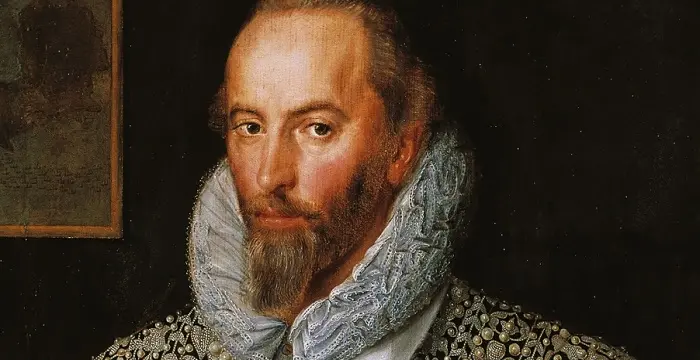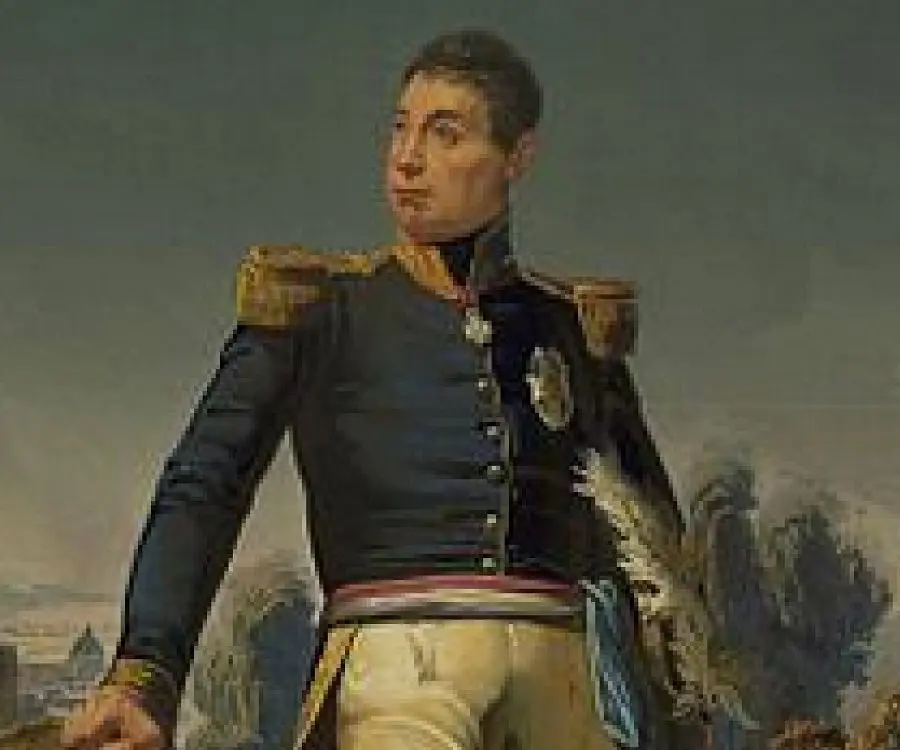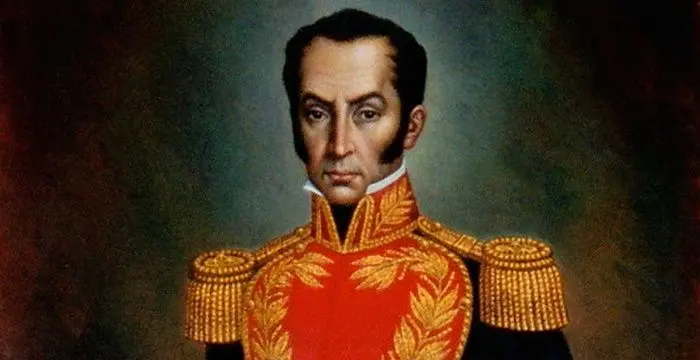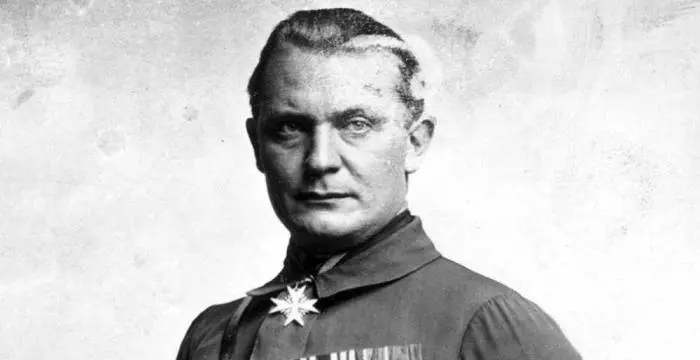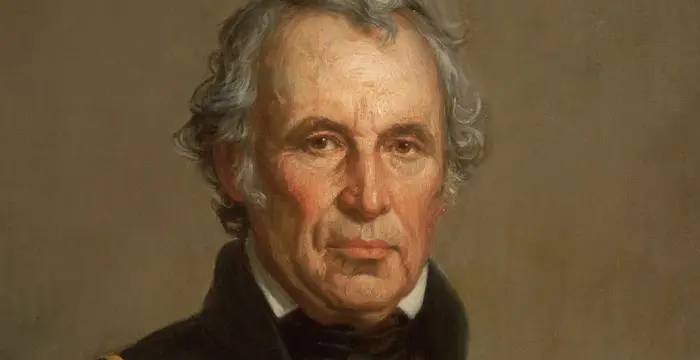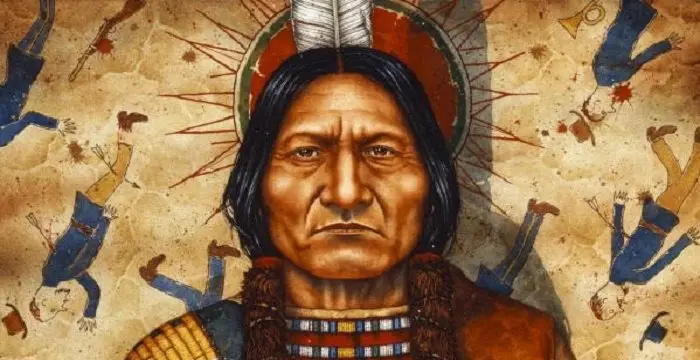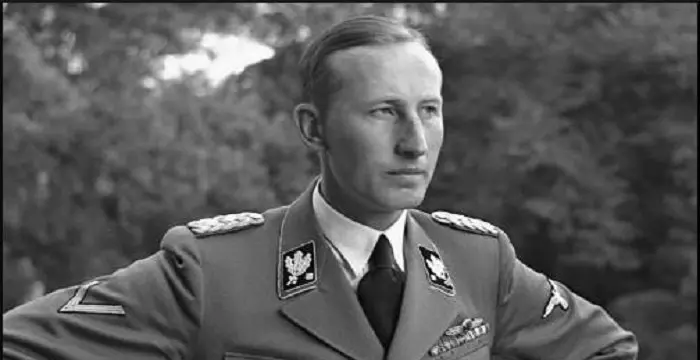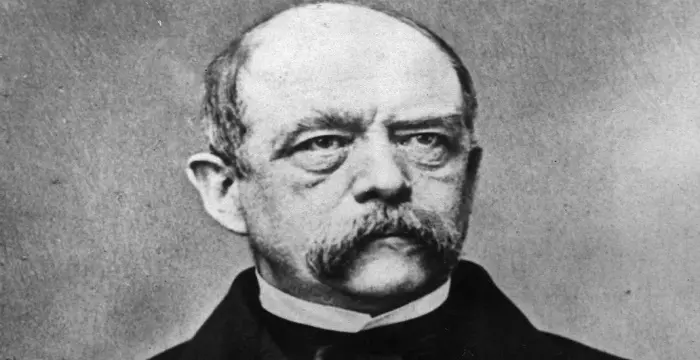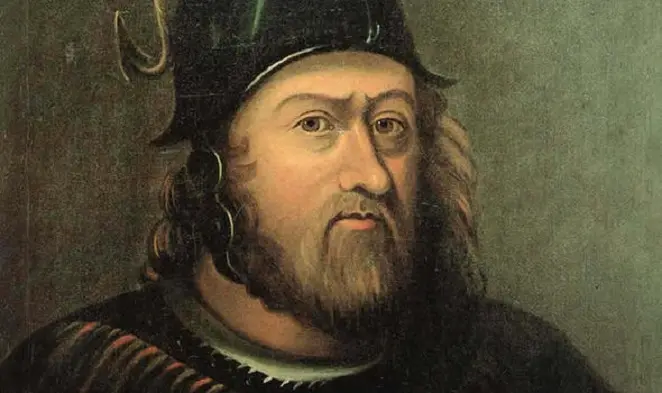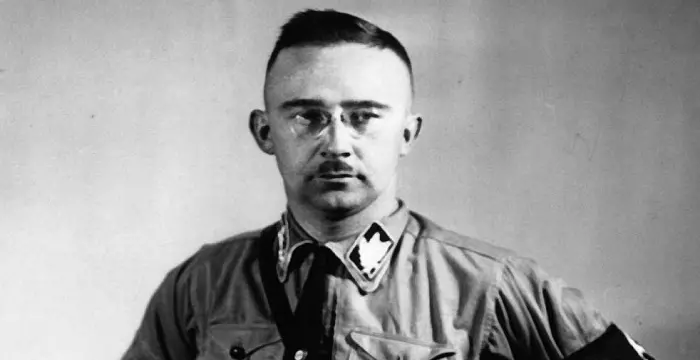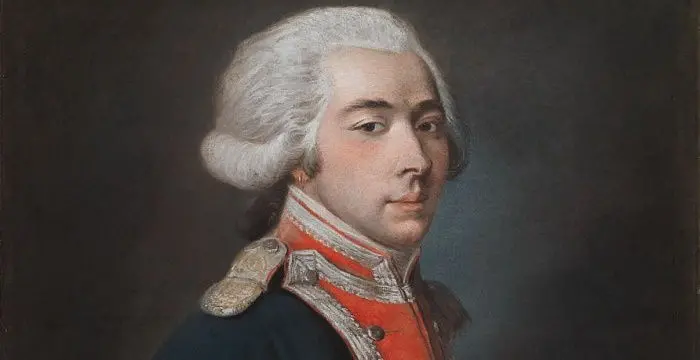
Marquis de Lafayette - Military Leaders, Timeline and Family
Marquis de Lafayette's Personal Details
Marquis de Lafayette was a French aristocrat and for the United States in the American Revolutionary War
| Information | Detail |
|---|---|
| Birthday | September 6, 1757 |
| Died on | May 20, 1834 |
| Nationality | French |
| Famous | Leaders, Military Leaders, Aristocrat, Military Leaders |
| Nick names | The Hero of the Two Worlds |
| Spouses | Adrienne de Lafayette (m. 1774–1807) |
| Known as | Marie-Joseph Paul Yves Roch Gilbert du Motier de Lafayette, Marquis de Lafayett |
| Childrens | Anastasie Lafayette, Georges Washington de La Fayette, Virginie Lafayette |
| Birth Place | Chavaniac, France |
| Gender | Male |
| Father | Michel Louis Christophe Roch Gilbert du Motier |
| Mother | Marie-Louise-Julie de la Riviere |
| Sun Sign | Virgo |
| Born in | Chavaniac, France |
| Famous as | French Aristocrat and Military Leader |
| Died at Age | 76 |
// Famous Aristocrat
Walter Raleigh
Walter Raleigh was an English aristocrat, writer, poet, politician and explorer. This biography profiles his childhood, life, achievements and timeline.
Marquis de Lafayette's photo
Who is Marquis de Lafayette?
Marie-Joseph Paul Yves Roch Gilbert du Motier de La Fayette, Marquis de La Fayette, popularly known as ‘Lafayette’ in history, was a French aristocrat and a military officer. He fought in the American Revolution and was a leader of the Garde nationale during the time of French Revolution. After serving as a major-general in the Continental Army under George Washington, Lafayette returned back to France as a hero and proved to be the most important element in facilitating business and trade ties between America and France. He was against slave trade and believed in emancipation and liberation of all human beings, which was the issue that he addressed with the House of Delegates in the United States, for which he received much admiration. He was appointed commander-in-chief of the Garde nationale in response to growing violence in France during French Revolution and during Austrian attacks, he was captured by the Austrians but ultimately released after 5 years. During France's July Revolution of 1830, Lafayette refused the recommendation to become the French dictator - instead he supported Louis-Philippe's bid as a constitutional monarch. For his great services to both France and the United States, he is known as ‘The Hero of the Two Worlds’. America honored him by naming many monuments and cities throughout the United States after him.
// Famous Military Leaders
Simon Bolivar
Simón Bolívar was a Venezuelan military leader who was instrumental in independence of several Latin American countries from the Spanish rule. This biography profiles his childhood, life, achievements and timeline.
Hermann Goring
Hermann Goring was a German politician and military leader in Hitler’s Nazi party. This biography provides detailed information about his childhood, life, career, activities & timeline.
Zachary Taylor
Zachary Taylor was the 12th President of the United States. Check out this biography to know about his childhood, family life, achievements and other facts related to his life.
Childhood & Early Life
Lafayette was born at the chateau de Chavaniac, in Chavaniac, near Le Puy-en-Velay, in the modern department of Haute-Loire to Michel Louis Christophe Roch Gilbert Paulette du Motier, Marquis de La Fayette and Marie Louise Jolie de La Riviere.
His father was colonel of grenadiers and was killed in battle during the Seven Years War, and his mother and grandmother both died in 1770, and they left Lafayette a large inheritance.
He attended the College du Plessis (Lycee Louis-le-Grand) and in 1771, he started his training to become an officer at the Musketeers of military Household of King of France.
Career
Lafayette was increasingly getting inspired to join the American Revolution after listening to various stories about it and finally in 1776, he arranged through an American agent in Paris, to enter the American service as a major general.
In 1777, he cruised to America, masquerading as a woman, even after he was threatened by the British government and was told that his ship will be seized and he would be imprisoned if he disobeys the orders.
The Continental Congress in America commissioned him as a major-general and George Washington accepted him as his aide-de-camp since making him a commander with control of a division was not possible as he was of foreign birth.
His first major warfare responsibility came with the Battle of Brandywine; he was shot in the leg. George Washington appealed to the doctors to take particular care of Lafayette, which made the bond between the two even stronger.
In 1778, he outmaneuvered the British army that was sent to incarcerate him at Bunker Hill, which was later renamed ‘Lafayette Hill’, and assembled an unsteady Continental attack at Monmouth Courthouse to force an impasse.
Lafayette returned to France in 1781 and was received at Versailles as a hero. He was made the marechal de camp and worked along with Thomas Jefferson to form trade ties between France and America.
He was againt the slave trade and on his return to America in 1784, he pressed the matter with the House of Delegates where he called for "liberty of all mankind" and advocated liberation.
King Louis XVI appointed Lafayette to the Assembly of Notables in 1786 to address the growing issue of France's fiscal crisis. Lafayette suggested lowering needless spending, especially buying of futile estates and gifts for courtiers.
Lafayette was made commander-in-chief of the National Guard of France - an armed force assembled to preserve order under the control of the Assembly in 1789. He led the National Guard army to Versailles after women marched there because of scarcity of bread.
In 1790, Lafayette took the civic oath on the Champs de Mars, swearing to ''be ever faithful to the nation, to the law, and to the king; to support with our utmost power the constitution decreed by the National Assembly, and accepted by the king''
Lafayette had been responsible for the royal family's custody and when he nearly failed to do it in 1791 he was called a royalist and his stature continued to decline in the public eye after that.
Due to 'Flight to Varennes' and 'Champs de Mars Massacre', people’s distrust in Lafayette continued to grow. He resigned from the National Guard and when he ran against Jerome Petion de Villeneuve in the mayoral election, he lost.
With the beginning of war against Austria and Prussia in 1792 Lafayette returned to the military life as commander of the army of the Ardennes. He was taken into custody and detained as a prisoner of war for next five years.
He was released in 1797, when Napoleon got hold of his discharge from the jail but he was still not permitted back into France. He returned back after a few years with military annuity and permission to live in Lagrange.
Lafayette was elected to the Legislative Chamber when Napoleon resigned in 1814 but after his return to the monarchy, Lafayette was made to hold the position as a leader of the opposition to Kings Louis XVIII and Charles X.
He visited America again in 1824, and the Congress rewarded him for his contribution in the American Revolution. He was called the 'Hero of Two Worlds' in France when he returned back.
Awards & Acheivements
On his trip to America in 1784, Lafayette was awarded with an honorary degree from Harvard, a portrait of Washington from the city of Boston, and a bust from the state of Virginia.
As an honor for his contribution to the American Revolution he was made a natural born citizen of America.
Lafayette's whole life is an inspiration, a symbol of friendship between America and France, of a better world where rights and liberties are worth fighting for. His contribution in the American Revolution is his biggest work in life.
Personal Life & Legacy
Lafayette was married to 14 year old Marie Adrienne Fran�oise de Noailles, marquise de La Fayette, the daughter of Jean de Noailles, and Henriette Anne Louise d'Aguesseau.
Because both of them were very young at the time they got married, Adrienne's mother managed their courtship and kept them apart for a year. The couple had four children together: Henriette, Anastasie, Georges Washington and Virginie.
Lafayette died in Paris in 1834. He was buried next to his wife at the Picpus Cemetery and was given a military funeral in order to keep the public away. Crowds assembled together to protest their omission from Lafayette's funeral.
Trivia
Lafayette's wife's last words before dying were for Lafayette: ''Je suis toute � vous'' (''I am all yours'').
Lafayette was linked romantically to Madame de Simiane and the comtesse Aglae d'Hunolstein.
American President Andrew Jackson ordered that Lafayette be honored with the same funeral honors as John Adams and George Washington, which is why 24-gun salutes were fired from military posts and ships, each shot representing a U.S. state.
The U.S. government named Lafayette Park in his honor.
After the U.S. entered World War I, Colonel Charles E. Stanton visited the grave of Lafayette and uttered the famous phrase ''Lafayette, we are here.'' After the war, a U.S. flag was permanently placed at the grave site.
Lafayette was granted honorary United States citizenship by Congress in 2002.
// Famous Leaders
Edi Rama
Edi Rama is the current Prime Minister of Albania. Check out this biography to know about his childhood, life, achievements, works & timeline.
Tecumseh
Tecumseh was a Native American leader of the Shawnee clan. This biography profiles his childhood, life and timeline.
Khalifa bin Zayed Al Nahyan
Sheikh Khalifa bin Zayed Al Nahyan is the current President of the United Arab Emirates (UAE). Check out this biography to know about his birthday, childhood, family life, achievements and fun facts about him.
Marquis de Lafayette biography timelines
- // 6th Sep 1757Lafayette was born at the chateau de Chavaniac, in Chavaniac, near Le Puy-en-Velay, in the modern department of Haute-Loire to Michel Louis Christophe Roch Gilbert Paulette du Motier, Marquis de La Fayette and Marie Louise Jolie de La Riviere.
- // 1770His father was colonel of grenadiers and was killed in battle during the Seven Years War, and his mother and grandmother both died in 1770, and they left Lafayette a large inheritance.
- // 1771He attended the College du Plessis (Lycee Louis-le-Grand) and in 1771, he started his training to become an officer at the Musketeers of military Household of King of France.
- // 1776Lafayette was increasingly getting inspired to join the American Revolution after listening to various stories about it and finally in 1776, he arranged through an American agent in Paris, to enter the American service as a major general.
- // 1777In 1777, he cruised to America, masquerading as a woman, even after he was threatened by the British government and was told that his ship will be seized and he would be imprisoned if he disobeys the orders.
- // 1778In 1778, he outmaneuvered the British army that was sent to incarcerate him at Bunker Hill, which was later renamed ‘Lafayette Hill’, and assembled an unsteady Continental attack at Monmouth Courthouse to force an impasse.
- // 1781Lafayette returned to France in 1781 and was received at Versailles as a hero. He was made the marechal de camp and worked along with Thomas Jefferson to form trade ties between France and America.
- // 1784He was againt the slave trade and on his return to America in 1784, he pressed the matter with the House of Delegates where he called for "liberty of all mankind" and advocated liberation.
- // 1784On his trip to America in 1784, Lafayette was awarded with an honorary degree from Harvard, a portrait of Washington from the city of Boston, and a bust from the state of Virginia.
- // 1786King Louis XVI appointed Lafayette to the Assembly of Notables in 1786 to address the growing issue of France's fiscal crisis. Lafayette suggested lowering needless spending, especially buying of futile estates and gifts for courtiers.
- // 1789Lafayette was made commander-in-chief of the National Guard of France - an armed force assembled to preserve order under the control of the Assembly in 1789. He led the National Guard army to Versailles after women marched there because of scarcity of bread.
- // 1790In 1790, Lafayette took the civic oath on the Champs de Mars, swearing to ''be ever faithful to the nation, to the law, and to the king; to support with our utmost power the constitution decreed by the National Assembly, and accepted by the king''
- // 1791Lafayette had been responsible for the royal family's custody and when he nearly failed to do it in 1791 he was called a royalist and his stature continued to decline in the public eye after that.
- // 1792With the beginning of war against Austria and Prussia in 1792 Lafayette returned to the military life as commander of the army of the Ardennes. He was taken into custody and detained as a prisoner of war for next five years.
- // 1797He was released in 1797, when Napoleon got hold of his discharge from the jail but he was still not permitted back into France. He returned back after a few years with military annuity and permission to live in Lagrange.
- // 1814Lafayette was elected to the Legislative Chamber when Napoleon resigned in 1814 but after his return to the monarchy, Lafayette was made to hold the position as a leader of the opposition to Kings Louis XVIII and Charles X.
- // 1824He visited America again in 1824, and the Congress rewarded him for his contribution in the American Revolution. He was called the 'Hero of Two Worlds' in France when he returned back.
- // 20th May 1834Lafayette died in Paris in 1834. He was buried next to his wife at the Picpus Cemetery and was given a military funeral in order to keep the public away. Crowds assembled together to protest their omission from Lafayette's funeral.
- // 2002Lafayette was granted honorary United States citizenship by Congress in 2002.
// Famous Military Leaders
Sitting Bull
Sitting Bull was a Teton Dakota Indian chief who led Sioux tribes in their struggle for survival on the North American Great Plains.
Simon Bolivar
Simón Bolívar was a Venezuelan military leader who was instrumental in independence of several Latin American countries from the Spanish rule. This biography profiles his childhood, life, achievements and timeline.
Reinhard Heydrich
Reinhard Heydrich was a high-ranking German Nazi official during the World War II. Check out this biography to know about his childhood, family life, achievements and other facts about his life.
Otto von Bismarck
Otto von Bismarck served as the Chancellor of Germany and the Prime Minister of Prussia. He unified the German states into a powerful German empire. This biography profiles his childhood, political career, life, achievements and timeline.
William Wallace
William Wallace was a Scottish knight who was a central figure in the Wars of Scottish Independence. This biography of William Wallace provides detailed information about his childhood, life, achievements, works & timeline.
Heinrich Himmler
Heinrich Himmler was a German Nazi military commander and a close associate of Adolf Hitler. This biography profiles his childhood, family, personal life, role in concentration camps and his death.
Marquis de Lafayette's FAQ
What is Marquis de Lafayette birthday?
Marquis de Lafayette was born at 1757-09-06
When was Marquis de Lafayette died?
Marquis de Lafayette was died at 1834-05-20
Where was Marquis de Lafayette died?
Marquis de Lafayette was died in Paris, France
Which age was Marquis de Lafayette died?
Marquis de Lafayette was died at age 76
Where is Marquis de Lafayette's birth place?
Marquis de Lafayette was born in Chavaniac, France
What is Marquis de Lafayette nationalities?
Marquis de Lafayette's nationalities is French
What is Marquis de Lafayette nick names?
Marquis de Lafayette's nickNames is The Hero of the Two Worlds
Who is Marquis de Lafayette spouses?
Marquis de Lafayette's spouses is Adrienne de Lafayette (m. 1774–1807)
Who is Marquis de Lafayette childrens?
Marquis de Lafayette's childrens is Anastasie Lafayette, Georges Washington de La Fayette, Virginie Lafayette
Who is Marquis de Lafayette's father?
Marquis de Lafayette's father is Michel Louis Christophe Roch Gilbert du Motier
Who is Marquis de Lafayette's mother?
Marquis de Lafayette's mother is Marie-Louise-Julie de la Riviere
What is Marquis de Lafayette's sun sign?
Marquis de Lafayette is Virgo
How famous is Marquis de Lafayette?
Marquis de Lafayette is famouse as French Aristocrat and Military Leader
